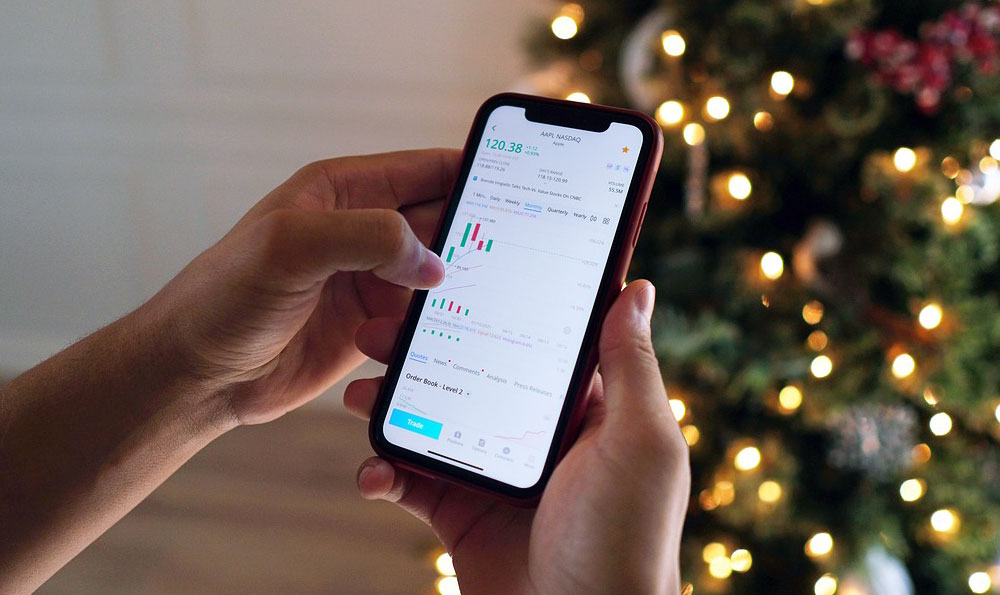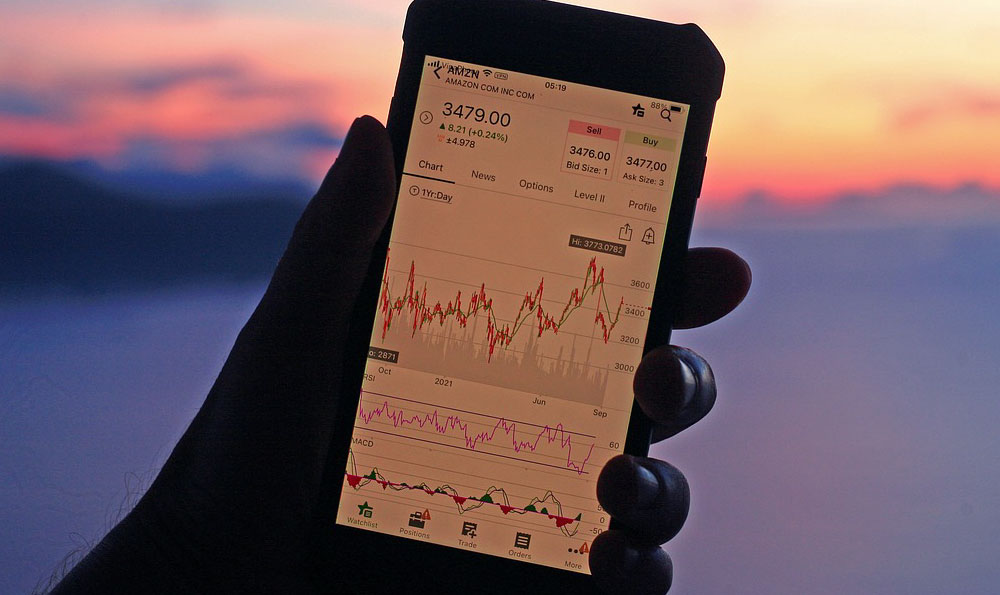USD and USDT: Understanding the Basics and Keepbit Platform Specifics
Navigating the world of cryptocurrency can feel like traversing a complex maze, especially for newcomers. Among the initial hurdles is understanding the different types of digital assets and how they function. Two terms you'll frequently encounter are USD and USDT. While seemingly similar, they represent distinct entities within the crypto landscape, each with its own characteristics and purpose. Furthermore, specific platforms like Keepbit may have unique integrations and functionalities relating to these assets. This article will delve into the fundamentals of USD and USDT, highlight their differences, and explore potential variations on the Keepbit platform.
What is USD?

USD, in the context of cryptocurrency, typically refers to the United States Dollar used as a reference point or a standard currency for trading pairs. It's essential to distinguish between actual physical USD held in a bank account and its digital representation on cryptocurrency exchanges. When we talk about "USD" in crypto trading, we're usually talking about a market pairing like BTC/USD, which represents the value of Bitcoin (BTC) in relation to the United States Dollar.
However, direct USD transactions within the crypto ecosystem are less common than transactions involving stablecoins like USDT. This is because directly integrating traditional banking systems with cryptocurrency exchanges presents significant regulatory and logistical challenges. Users often need to convert their fiat currency (like USD) into a cryptocurrency (like USDT) to begin trading actively.
What is USDT?
USDT, or Tether, is a stablecoin pegged to the value of the United States Dollar. This means that for every USDT in circulation, Tether Limited claims to hold one US dollar in reserve. The primary goal of USDT is to provide a stable and readily available digital currency that mirrors the value of the dollar, allowing traders to move funds quickly and efficiently between exchanges without the volatility associated with other cryptocurrencies like Bitcoin or Ethereum.
USDT is widely used across numerous cryptocurrency exchanges and is a popular choice for traders looking to hedge against price fluctuations or to quickly enter and exit positions without converting back to fiat currency. Its stability makes it a convenient tool for calculating profits and losses in USD terms, even when trading volatile assets.
Key Differences between USD and USDT
The crucial difference lies in their nature and accessibility. USD represents actual dollars, typically held outside the direct cryptocurrency ecosystem, while USDT is a digital representation of the dollar within the crypto world.
-
Availability: Directly using USD on cryptocurrency exchanges often involves more complex on- and off-ramps (converting fiat to crypto and vice versa). USDT, on the other hand, is readily available on most major exchanges and can be traded just like any other cryptocurrency.
-
Volatility: USD, being a fiat currency, is subject to traditional economic factors like inflation and interest rates, but its value is generally more stable than that of most cryptocurrencies. USDT aims to mirror this stability, though its peg has been questioned at times, and its value can fluctuate slightly.
-
Transaction Speed: Transferring USD to and from a cryptocurrency exchange can take time due to bank processing times. USDT transfers are typically much faster, as they occur on a blockchain.
-
Regulation: The use of USD on cryptocurrency exchanges is subject to stringent regulations and compliance requirements. USDT faces its own regulatory scrutiny, particularly concerning its reserves and transparency.
Keepbit Platform Differences Explained
The specific functionalities and integrations related to USD and USDT can vary across different cryptocurrency platforms. Keepbit, like other exchanges, likely supports trading pairs involving both USD and USDT. Understanding how Keepbit handles these assets is crucial for effective trading and risk management on the platform.
-
USD Support: Keepbit might offer direct USD deposit and withdrawal options, potentially through partnerships with banking institutions. The fees, processing times, and verification requirements for these transactions could differ from those associated with USDT.
-
USDT Integration: Keepbit almost certainly supports USDT trading pairs with various cryptocurrencies. The platform may offer features like USDT lending, staking, or earning programs, allowing users to generate passive income with their USDT holdings.
-
Trading Fees: Trading fees for USD and USDT pairs on Keepbit might vary. It's important to compare these fees to optimize trading costs.
-
Security: Keepbit should implement robust security measures to protect both USD and USDT holdings, including multi-factor authentication, cold storage, and regular security audits.
-
Specific Features: Keepbit may offer unique features related to USD and USDT, such as advanced trading tools for stablecoin arbitrage or integrations with other financial services. Consulting Keepbit's official documentation or customer support is the best way to uncover these platform-specific nuances.
Navigating the Landscape: Best Practices
When dealing with USD and USDT on any cryptocurrency platform, including Keepbit, consider these best practices:
-
Due Diligence: Thoroughly research any platform before depositing funds. Understand its security measures, regulatory compliance, and user reviews.
-
Risk Management: Be aware of the risks associated with stablecoins, including potential de-pegging events. Diversify your holdings and avoid putting all your eggs in one basket.
-
Transparency: Favor platforms that provide transparent information about their reserves and operations.
-
Security: Enable multi-factor authentication and use strong passwords to protect your account.
-
Stay Informed: Keep up-to-date with the latest news and developments in the cryptocurrency space, including regulatory changes and potential risks.
In conclusion, understanding the difference between USD and USDT, and how they are implemented on specific platforms like Keepbit, is essential for navigating the cryptocurrency market effectively. While USD represents fiat currency, USDT is a stablecoin designed to mirror its value within the digital asset ecosystem. By understanding their functionalities, limitations, and platform-specific features, you can make informed decisions, manage risk, and potentially achieve your financial goals in the world of cryptocurrency. Remember to prioritize security, conduct thorough research, and stay informed about the evolving landscape of digital assets.












